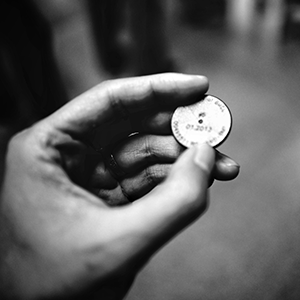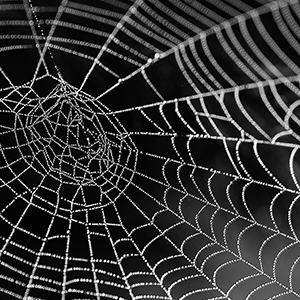Coin toss not so random after all, says groundbreaking study

Photo: unsplash.com
Hey there, fellow coin-flippers and chance-takers! Remember the days when we used to whip out good ol’ coins to make those snap decisions? Well, it turns out our trusty coins might not be as random as we thought.
A new study has shaken the world of coin flipping by revealing a “slight tendency” for coins to land on the same side they started from. Yeah, you heard that right. They’ve done the math, and after more than 350,000 coin flips, it turns out that those little discs chose their original side 51% of the time, just slightly above our traditional 50/50 notion. It might not sound like a big deal, but hey, in the world of statistics, every percentage point counts – just ask the casinos!
Now, before you start worrying about where to grab lunch based on this revelation, rest assured that a coin flip is still pretty random for everyday decisions. But when it comes to high-stakes situations like gambling, where the odds matter, this newfound “same-side” bias could make a difference.
This isn’t the first time someone pointed out this odd coin behavior. Back in 2007, Stanford researchers had already sniffed out this tendency, also at 51%. But here’s the kicker: in both studies, the coins were caught mid-air, no bouncing. If you give your coin a hearty slap on the table or your hand, it’s a different story – you might get the reverse of the same-side bias.
The study involved coins from all over the world, so it’s not about any specific currency’s design. So, if you still want to keep your coin flips thrillingly random, remember to let them bounce or, for extra suspense, give that coin a good shake in your cupped hands first. That way, you’ll never know which side is up! Happy flipping!




